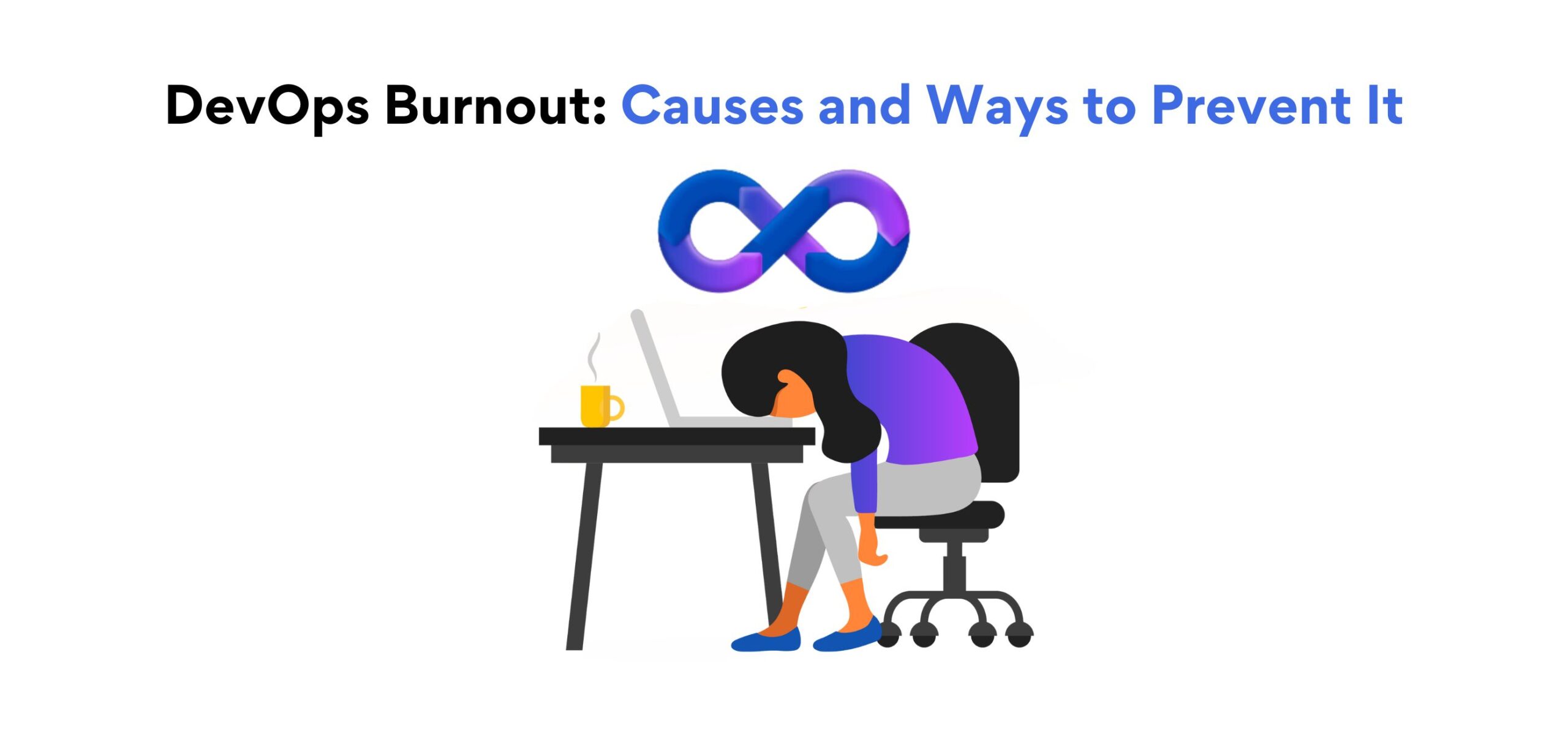Don’t Forget To Do This Before Switching to Hybrid
Two studies recently shared insights on developing hybrid policies that blend remote and in-office work without burning out employees: organize regular team discussions to avoid employee burnout, offer flexible working hours to improve team performance, and train managers to ensure smooth operations. With over forty percent of the global workforce considering leaving their employer this year, a thoughtful approach to hybrid work is critical for attracting and retaining talent.
Key takeaways from the reports include:
$1 spent on the hybrid policy redesign program led to $1.68 in savings
Organizations that invested in a redesign program before going hybrid saw a healthy return on investment. They saw improved work-life balance and job satisfaction among employees and a drop in employee turnover costs. Voluntary employee exits decreased by 40 percent in these organizations.
The talent landscape has shifted, and employee expectations have changed. Leaders must rethink employee engagement before adopting a hybrid setup. More than 66 percent of business leaders are redesigning spaces and policies for hybrid work. They are investing in technology to bridge the physical and digital worlds.
Regular team discussions prevent overload and increase transparency
Structured discussions helped overloaded employees reduce engagements that did not require their inputs. They also helped increase efficiency by eliminating low-value work. Sixty-one percent of employees from organizations that did not conduct such discussions said they felt overburdened by work. Thus, leaders must urgently address digital exhaustion and work on solutions to reduce employee workloads.
Regular team discussions also set clear performance expectations. They helped hybrid employees overcome their fears of being judged based on their work hours instead of their contributions. They improved transparency by providing a clear picture of the hybrid workplace.
Flexible work hours lead to improved employee well-being and performance
The research revealed that hybrid setups worked best when employees were given control over their work instead of mandating specific hours for remote and in-office work. Organizations with flexible work cultures reported fewer work-life conflicts. The employees reported improved well-being and family time.
Looking at these benefits, 63 percent of high-revenue growth companies have adopted the ‘productivity anywhere’ models that give employees the option of working remotely or on-site. Organizations that focused less on when, where, and how work happened saw optimum results and enabled employees to work in sustainable ways.
Training managers is essential for ensuring seamless hybrid operations
Remote employees often feel disconnected from their in-office colleagues. Manager training should focus on building an inclusive work environment and give equal attention to all the team members irrespective of where they work. It is equally important to watch out for silos that may arise in the hybrid space. Managers must ensure that in-office and remote employees have access to the same resources and are equally involved in decision-making. They should encourage cross-team collaboration to strengthen the hybrid team.
Additionally, they should encourage employees to share when they feel overwhelmed by work and allow them to unplug to focus on particular tasks or even recharge.
Turing is an automated platform that helps organizations go hybrid. It enables companies to hire and manage senior, pre-vetted remote software developers. Firms can hire from a global talent pool of top 1% of 700K+ developers with strong technical and communication skills and who work in their time zone.
For more information, visit Turing’s Hire page.
Tell us the skills you need and we'll find the best developer for you in days, not weeks.












